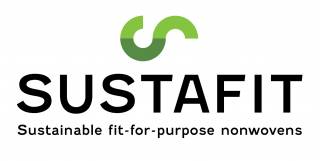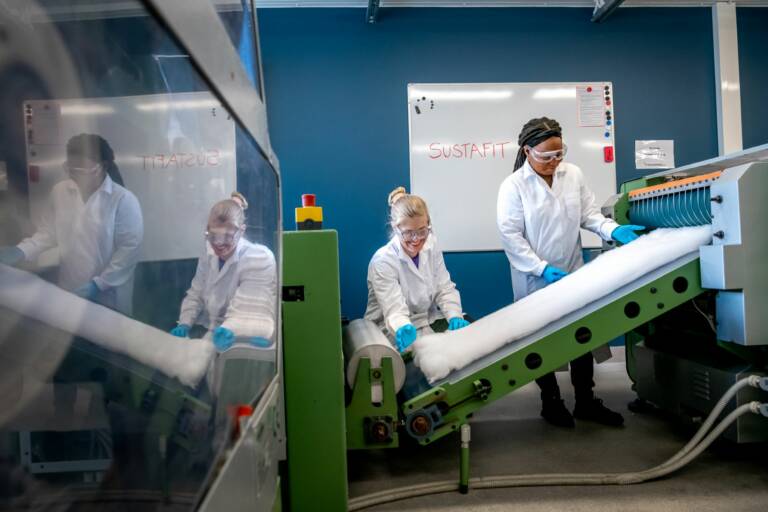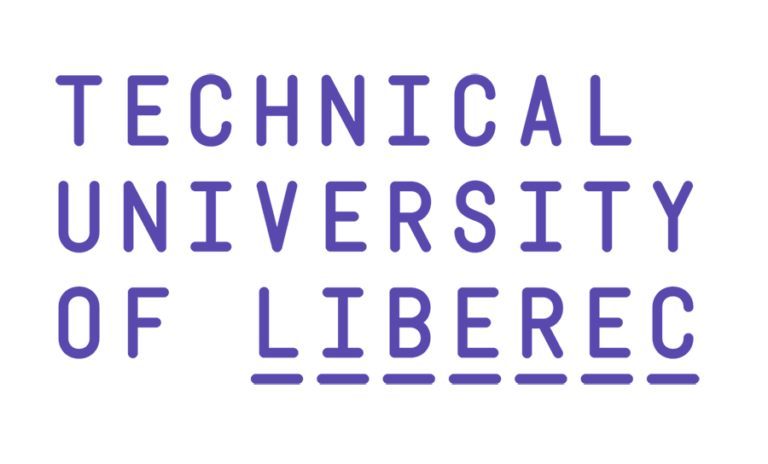
Together towards sustainable nonwoven products
In SUSTAFIT research project we − Tampere University of Applied Sciences, Aalto University and VTT together with companies − will outline segment specific sustainability strategies around the use of sustainable and recycled fibres, and their processing into non-woven products. We will build understanding on the jointly identified knowledge gaps, and boost sustainable fibres attractiveness for nonwoven applications.
We support Finnish industry to boost their competitiveness and broaden the opportunities in the versatile and growing sustainable non-woven markets.
The main objective of the SUSTAFIT project is to enable the participating companies to grow new business and export potential within sustainable nonwovens for the versatile existing and potential new product segments.
The project bridges identified information gaps and supports the industries strategic decision making by mapping the landscape of sustainable alternative raw materials, technology pathways and end application demands into segment-wise sustainability strategies, creating understanding on broadening the sustainable feedstock portfolio, bridging the knowledge gaps in understanding fibres to nonwoven structures relationship as well as enhancing the performance of sustainable fibres.
To support Finnish industry and widen their opportunities, the project will create a unique combination of the consortium companies, a network of international partners and strong expertise of the research partners.





